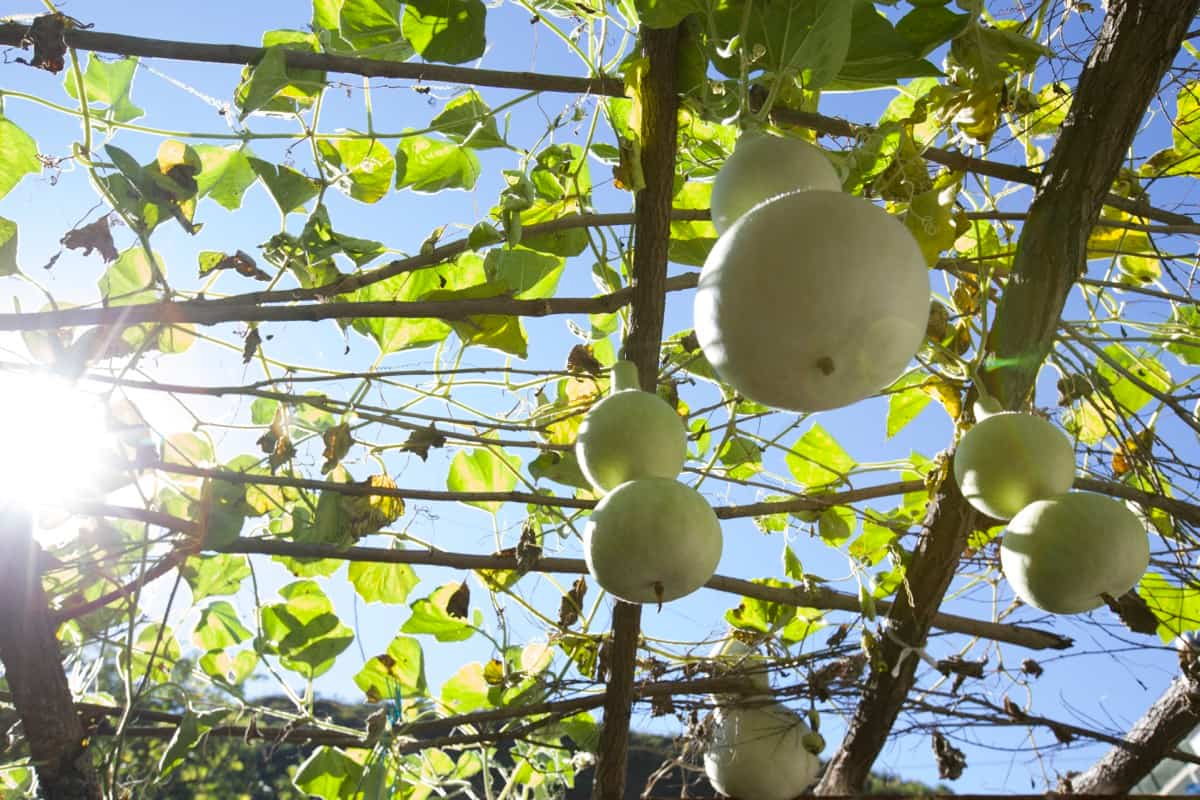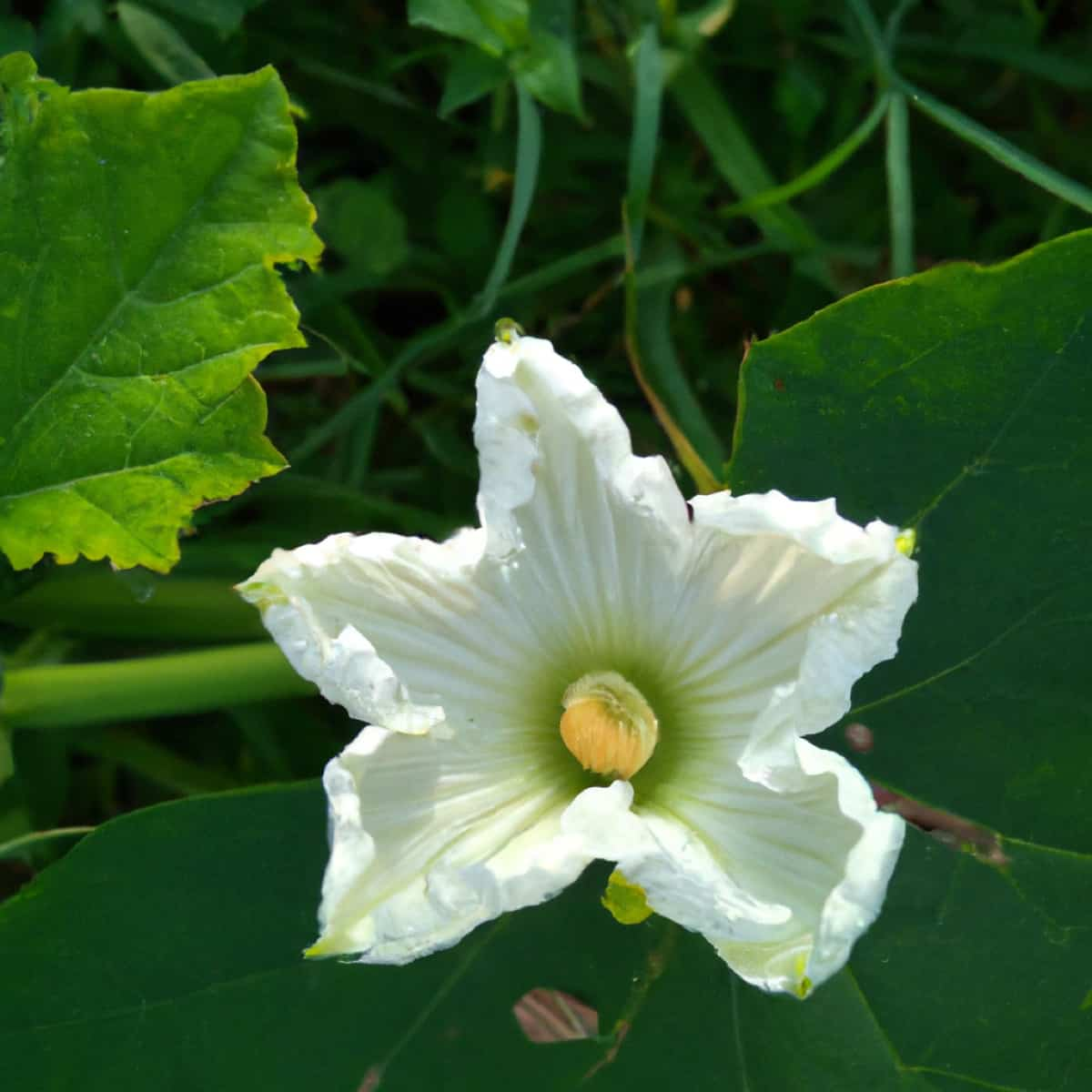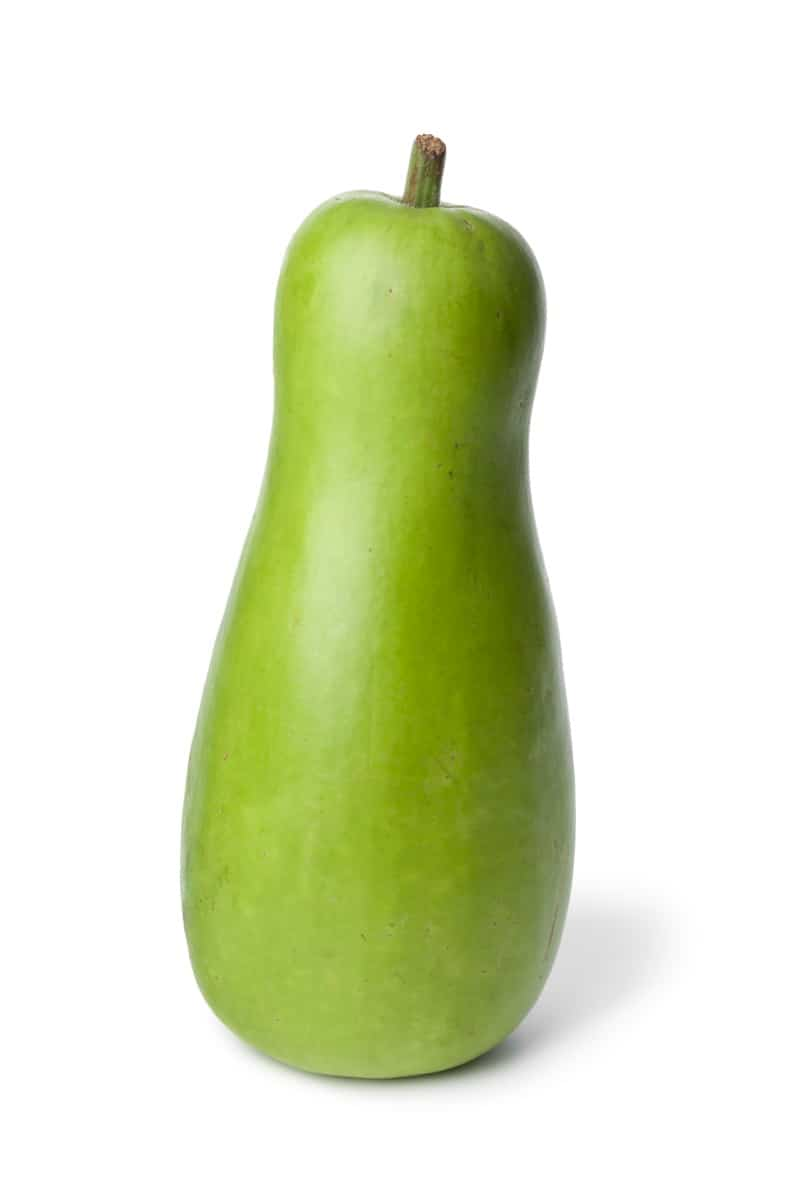There’s no experience quite like cultivating your fruits and vegetables in the gardening world. Among these, the Bottle Gourd holds a special place. Notoriously challenging yet rewarding to grow, the Bottle Gourd requires particular attention to pollination. Understanding the Bottle Gourd flowers, both male and female, can aid in maximizing the yield. This article discusses the unique aspects of the pollination process in Bottle Gourd, from the intricate procedures of hand pollination to the utilization of natural pollination methods.

How to Hand Pollinate Bottle Gourd
Hand pollination, as a method for boosting the fruit yield of Bottle Gourd, is an involved process that requires an understanding of the plant’s flowers. The plant produces two kinds of flowers, male and female. The female flowers, distinguishable by a miniature fruit at their base, are the ones that transform into the gourd after successful pollination.
The male flowers, typically more numerous and without a miniature fruit base, hold the pollen necessary for fertilization. Hand pollination involves directly transferring pollen from the male to the female flower, answering the commonly asked question, “How do you hand pollinate a bottle gourd?”
Step-by-step Guide on How to Pollinate Bottle Gourd
Hand pollination starts in the early morning when the Bottle Gourd flowers are open. First, identify a male flower. These can be recognized by their long, thin stems and the absence of a tiny fruit at the base. Carefully remove the male flower from the vine, ensuring not to disturb the pollen-loaded stamens inside.
Next, locate a female flower, identifiable by a small bulbous formation (the immature gourd) beneath the flower. Gently touch or brush the male flower’s stamens to the female flower’s stigma, allowing the pollen grains to adhere. This process imitates the type of pollination that the Bottle Gourd typically undergoes.
Effective Techniques for Pollinating Bottle Gourd
Effective techniques for pollinating Bottle Gourd include brushing the pollen onto the female flower gently with a small paintbrush or cotton swab, ensuring that the pollen grains are not damaged. Another useful method is to peel back the petals of the male flower, exposing the pollen-filled anther. The female flower’s stigma can directly touch the anther. These techniques mimic the natural pollen transfer that would occur through wind or insect activity, ensuring the successful pollination of the Bottle Gourd.
Why is Pollination Important for Bottle Gourd?
The importance of pollination for Bottle Gourd cannot be overstated. Pollination is a crucial process that facilitates the transformation of flowers into fruits. Without successful pollination, the female flowers will drop off the plant without developing into gourds. Bottle Gourd’s natural pollinators, such as bees and other insects, may not always be available or abundant, particularly in urban or indoor gardening situations, so hand pollination becomes a vital tool in ensuring a fruitful harvest.
Natural Methods of Pollinating Bottle Gourd
While hand pollination is an effective method, it’s also beneficial to understand the natural methods of pollinating Bottle Gourd. These primarily include pollination by insects and wind. Attracting pollinators, such as bees, can be done by planting various flowering plants nearby, providing a rich environment for these beneficial insects. Wind pollination can also be encouraged by placing the gourd plant in an open, airy location. Understanding these natural pollination methods can be the key to increasing your gourd yield.
In case you missed it: How to Grow Bottle Gourd/Lauki in Greenhouse: A Step-By-Step Guide for Seed to Harvest

Tips for Successful Pollination of Bottle Gourd
Achieving successful pollination of Bottle Gourd often involves keen observation and timing. Firstly, it’s essential to identify the correct pollination time, typically in the morning hours when the flowers are open. Secondly, it’s crucial to ensure that pollen transfer is done gently to avoid damaging the delicate flowers. Regularly observing your gourd plant, taking note of the number and health of male and female flowers, and watching for signs of successful pollination, like the growth of the miniature fruit at the base of the female flower, are all critical for successful pollination.
Understanding the Pollination Process of Bottle Gourd
The pollination process of the Bottle Gourd is distinctive, featuring distinct male and female flowers on the same plant. Pollination entails the transfer of pollen from the male flower to the stigma of the female flower. Once pollination is successful, the female flower starts developing into a fruit, signified by the growth of the miniature gourd at its base. Understanding this process and natural and hand pollination’s roles is crucial to cultivating Bottle Gourd.
Common Challenges in Pollinating Bottle Gourd
Despite the straightforward process, several challenges can occur when pollinating Bottle Gourd. The main issue is misidentifying male and female flowers, leading to unsuccessful pollination attempts. Another common challenge is timing, as the flowers are only receptive to pollination for a limited period, primarily in the early morning hours. Lastly, a lack of natural pollinators like bees and other insects can pose a significant challenge, making hand pollination necessary.
Best Time to Pollinate Bottle Gourd
The best time to pollinate Bottle Gourd is early morning, typically just after sunrise when the flowers are fully open. This is the period when the stigma of the female flower is most receptive to receiving pollen. Attempting to pollinate outside this time frame may lead to unsuccessful pollination as the flowers begin to close and the stigma becomes less receptive.
Increasing Fruit Yield Through Proper Pollination of Bottle Gourd
Proper pollination of Bottle Gourd can significantly increase fruit yield. This involves the timely and gentle transfer of pollen, identification of male and female flowers, and the creation of an environment conducive to natural pollination methods. Successful pollination ensures that each female flower has the chance to develop into a fruit, thus maximizing the potential yield of your Bottle Gourd plant. By mastering the process of hand pollination and understanding the natural pollination methods, one can achieve a bountiful harvest of Bottle Gourds.
In case you missed it: How to Increase Female Flowers in Bottle Gourd: Explained in 10 Simple Steps

Conclusion
The journey of growing Bottle Gourds successfully hinges significantly on understanding and implementing proper pollination techniques. Whether through the meticulous process of hand pollination or fostering natural methods, ensuring effective pollination can lead to a more productive yield.
Recognizing the unique features of male and female Bottle Gourd flowers, mastering the timing for pollination, and overcoming the challenges posed are key to reaping the benefits of this rewarding endeavor. With patience and dedication, you can harness the art of pollination to cultivate a thriving Bottle Gourd garden.
- Feed Your Flock for Less: Top 10 Tips to Save on Chicken Feed
- Ultimate Guide to Ossabaw Island Hog: Breeding, Raising, Diet, and Care
- Hatching Answers: The Top 10 Reasons Your Chickens Aren’t Laying Eggs
- Eggs and Economics: Breaking Down the Cost of Raising Backyard Chickens
- Defend Your Greens: Proven Methods to Keep Iguanas Out of Your Garden
- Ultimate Guide to Cinnamon Queen Chicken: A Comprehensive Guide for Beginners
- Ultimate Guide to California Tan Chicken: Breeding, Raising, Diet, Egg-Production and Care
- Ultimate Guide to Marsh Daisy Chicken: Breeding, Raising, Diet, and Care
- 10 Types of Chicken Farming Businesses You Can Start for Profits